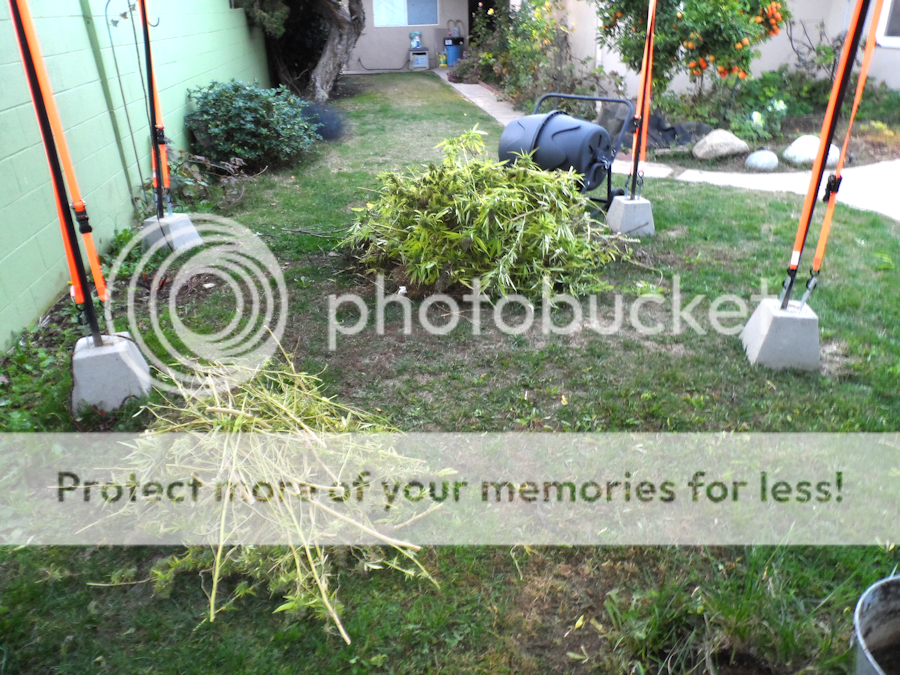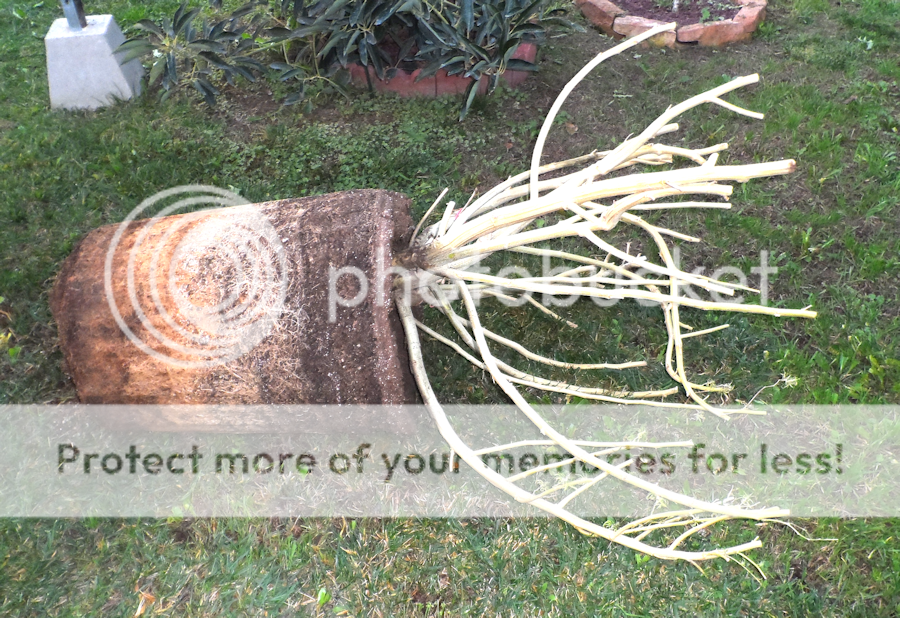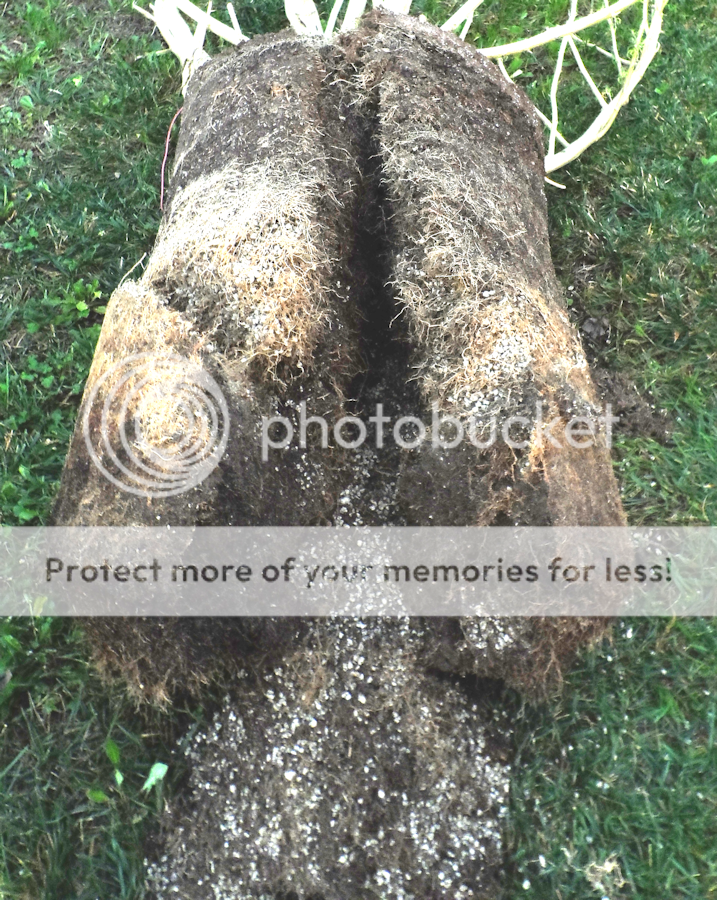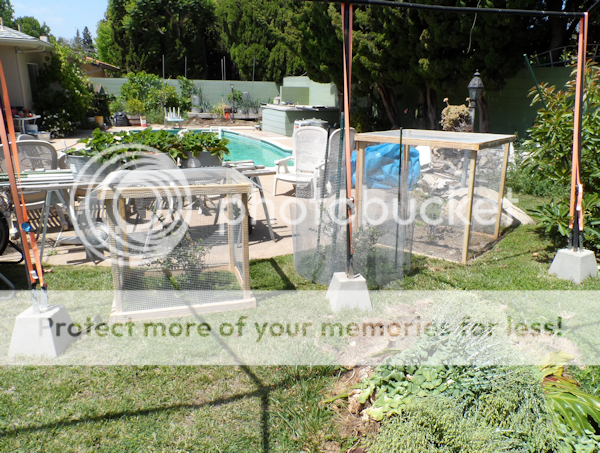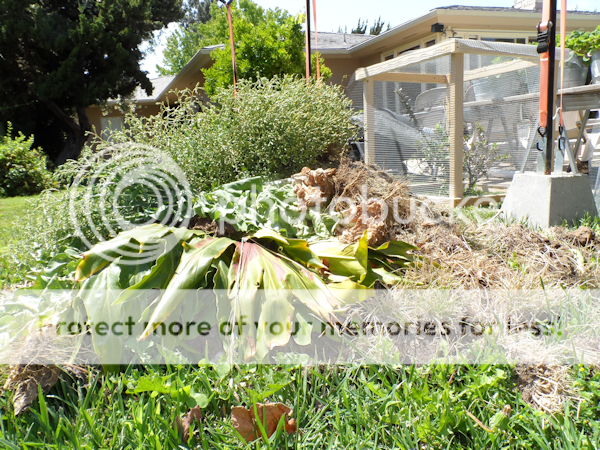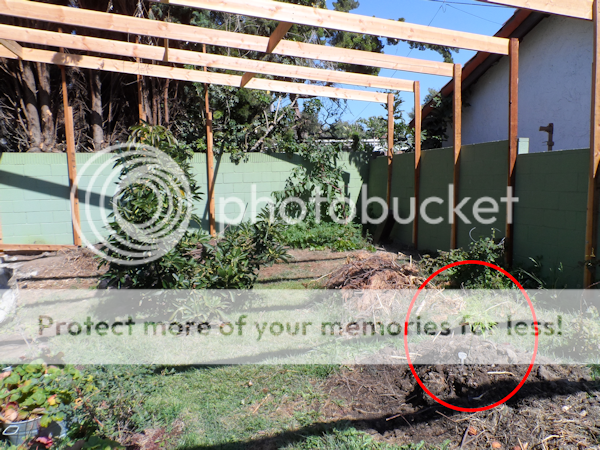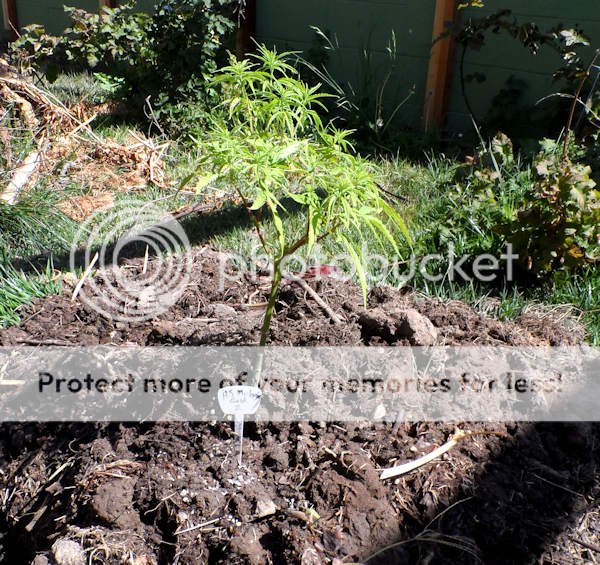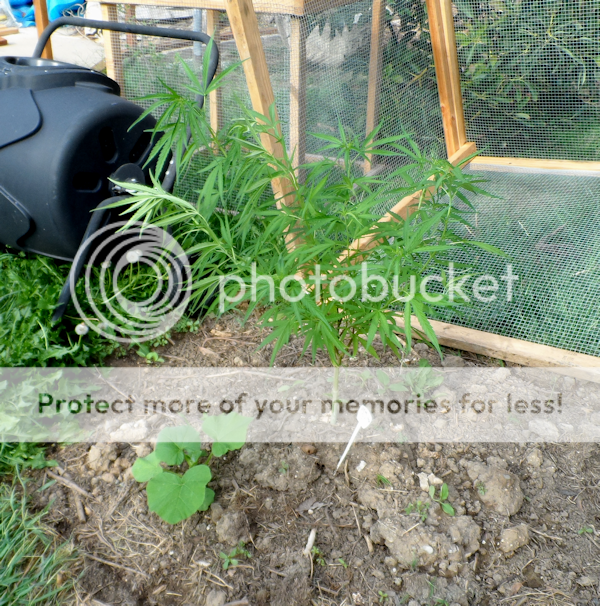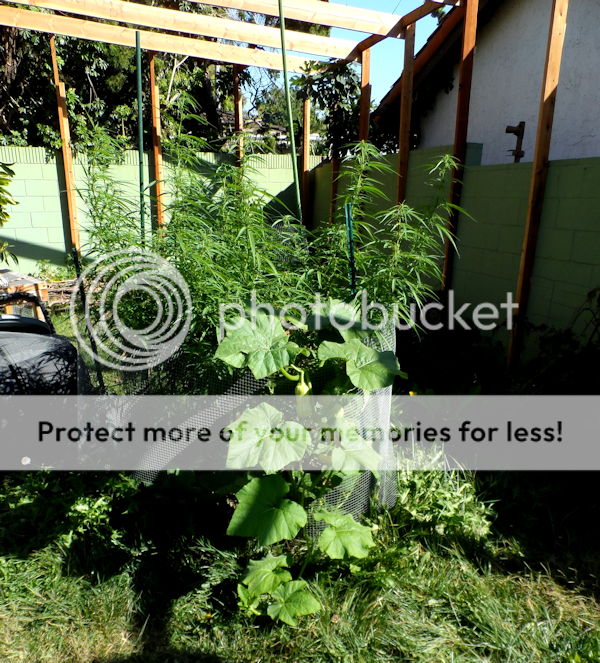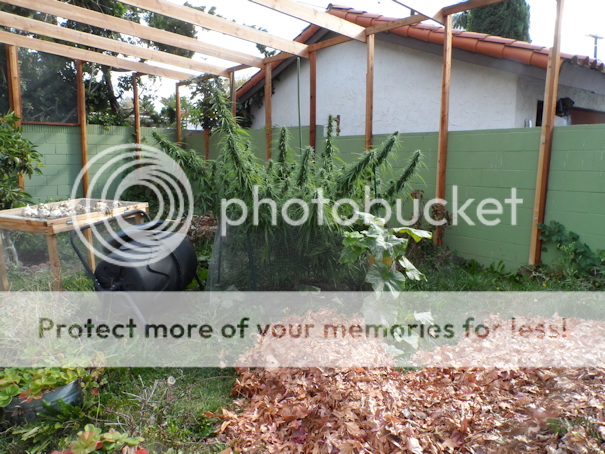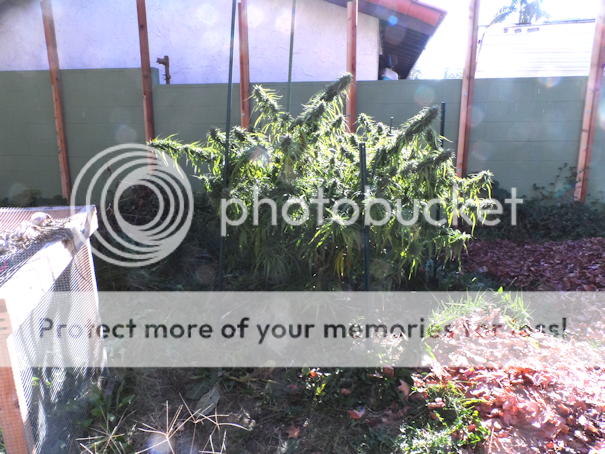Please forgive the intrusion, however you may find the fowling course of investigation a meaningful one (or not but hopefully you aren't offended by the concept). I do not claim to understand ion exchange and I have yet to educate myself enough to understand how to optimize the conditions for plant growth both for an indoor highly controlled garden to something less controlled by human influence. What am I missing about organic and beyond organic techniques you are using? What am I missing about organic techniques in general that seem to ignore so called micro minerals like iron, sulfur, chlorine, when relying on organic composting?
This balance of chemical reactions seems controlled by or influenced by ion exchange and my simpleton mind correlates this to humans and hydration. Electrolytes are necessary for human survival (regardless of your dietary preferences, veg head, vegan, lacto-juevo veg, paleo....).
So my calliundrum is exactly this., I'm not organic, I'm not inorganic (as a gardener). FWIW I appreciate your stance on EM, I am currently using EM in my efforts and this one involves making a bokashi with a feed product for livestock that contains iron, calcium, magnesium and other minerals, this is a supplement for the worm bin that has devolved into an insect frass experiment.
sorry for the rambling, hopefully I've not offended, I fully support the ideals of a sustainable garden.
Absolutely no offense taken! And, that was nothing, I can outramble you any day, believe me haha

I can only speak for myself, not organics in general, but here's how I see it and why I don't bother with the chemical processes that undeniably
are involved in plant nutrition, any way you go.
Plants have been living on this planet for longer than we have, and were quite able to fend for themselves without our controlling and regulationg their nutrition. We have taken that away from them, done a partial job, and that has created havoc, not only to the soils of our planet, but to all its inhabitants, including ourselves, as we get sicker and sicker for lack of proper nutrition.
So to change the way we grow our food, we need to change the way we think.
We need to unlearn the concept of control and force feeding the plant, and (re-)learn the concept of cooperation and being what we're supposed to be, at the top of the food chain,
wardens of the Earth.
And as such, our task is to provide the best possible conditions so the plants can do their thing in ways that keep them - and us, and everyone - healthy and happy. If indeed the plant is in control, if indeed it is as scientists have been finding, that a great variety of processes are firing in the rhizosphere all the time, incredibly small but life-essential amounts of nutrients being mined
on request of the plant - and remember, they have been doing this for much longer than we as humans have been wanting to farm! .....
Sheez! I can never know more or even near as much as they do!
So I needn't even bother figuring out all that chemistry (which doesn't come to me easily anyway, never has), I just need to make sure I get the gang who's got it all figured out in my soils, onto my plants, make sure those environments are survivable, and they'll take it from there.
What I'm exploring in this thread is how I must do in practice, with the means at my disposal, to get that soil food web going in the right direction.
I don't deny there is chemistry going on, I don't even deny that all the things talked about in the chemistry-based mindset are relevant to plant growth. And quite possibly, when I get a better hold on all of this, I may even dip into that side of the process too, if only to be able to communicate better with those who are still thinking in that mindset.

ignore was too strong a word, perhaps a casual forgetfulness to mention. The various methods of composting are of particular interist to me and I guess I dont really have specific questions but rather find yours and Calli's threads very stimulating to read however realize they are beyond much of my capacity. Again not wanting to offend, Super soil? whats so super? I'm more interested in getting a reusable sustainable gardening system. So I'm basically hoping to provoke the exact kind of thought you must have went through before you responded.

I'm trying to incorporate "organic" techniques, I also want to manipulate CEC. Correct me if I am wrong but I view the use of calcium chloride aka pickle crisp a non organic technique? To be organic is to be made all from what is available from the biology of things.? relating to or derived from living matter. The addition of mineral salts still organic?? Mass respect for you shluby
actually, ignore isn't really too strong a word in my case...

I think your dilemma has alot to do with how one defines "organic".
At its most basic, organic means using stuff that came from living beings, from organisms. (as shluby already said) lol
Organic doesn't say much about the approach, the mindset, the underlying outlook onto the world, attitude, or values. So one could use a
chemical approach in "organics" with "organic" "fertilizers"... is that then organic?
I dunno. What I do is learning to work with nature, and garden with a minimum effort for maximum results.
All the words for approaches that go in this direction - sustainable is another example - sheez those words have gotten corrupted by marketing and are so often just empty labels.
But yes, if you want to know anything about the inner "mechanics" of those natural processes -- Shluby knows his stuff, anything complex like that: he's your man!






